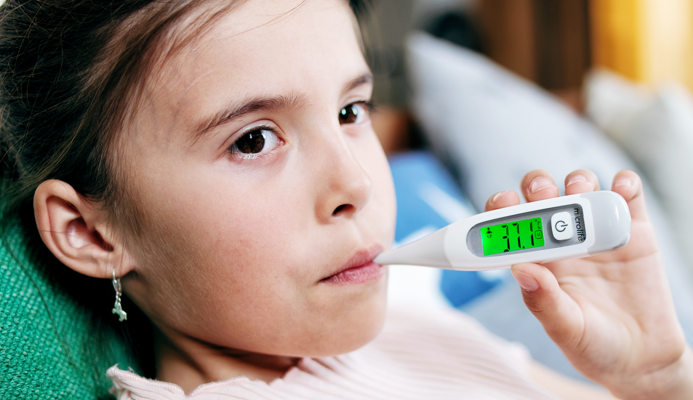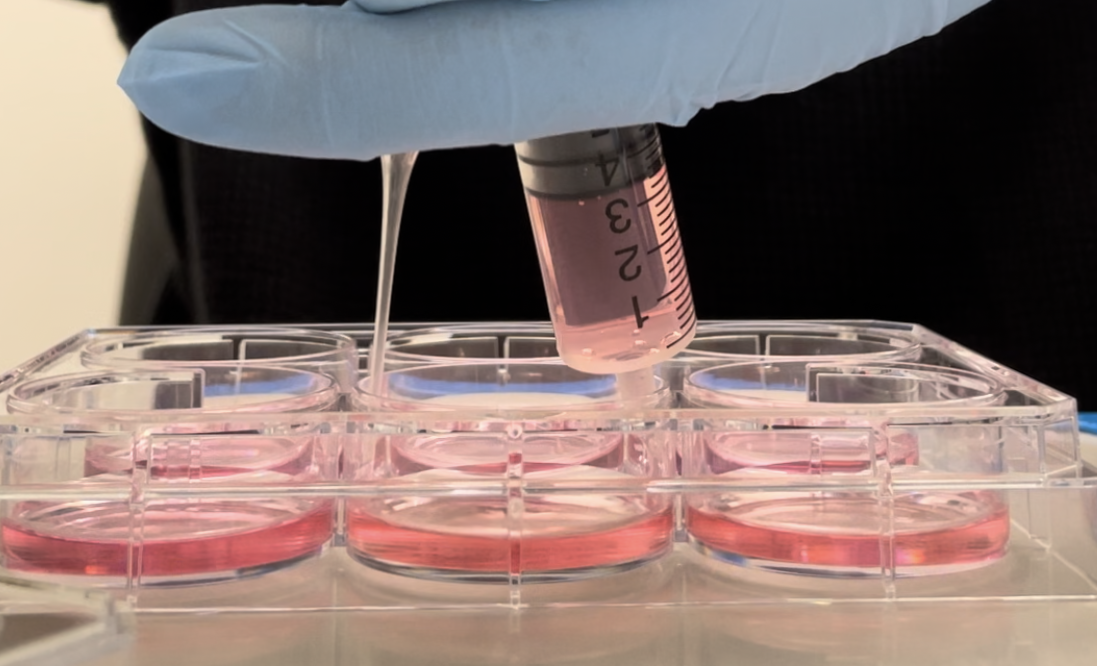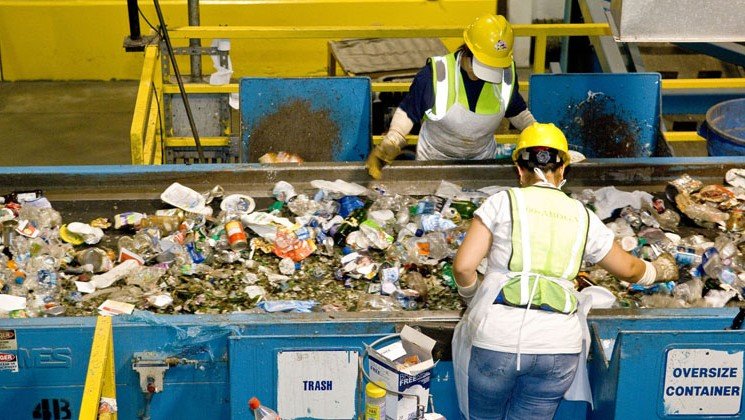National report reveals: One in four Indian children face risk from high triglycerides
- EP News Service
- Sep 26, 2025

NEW DELHI: Nearly 25% of Indian children under 18 are now at risk from elevated triglyceride levels, according to findings from the newly released “Children in India 2025” national report. The comprehensive study, compiled by a panel of health experts using data from the Comprehensive National Nutrition Survey (CNNS) 2016–18 and other updated epidemiological surveys, exposes a growing health crisis among India’s youth, marking a significant rise in dyslipidemia linked to urbanization, changing food habits, and hereditary risk factors unique to the South Asian population.
Dr. Rajesh Gupta, lead author and cardiologist at the Public Health Foundation of India, emphasized the urgency of the issue: “Elevated triglycerides in children herald the beginnings of metabolic syndrome. Without timely intervention, this generation faces a cardiovascular crisis by adulthood.” Health experts warn that triglyceride buildup in arteries increases the risk of heart disease and metabolic disorders, with far-reaching consequences for the nation’s health system.
The report analyzed over 100,000 pediatric samples across the country and revealed marked regional variations. Adolescents aged 10–19 exhibited a 16% prevalence of high triglycerides, but the rate surged to 25% when including younger children under 10. The national mean for triglyceride levels among children now stands at 95 mg/dL, suggesting high variability fueled by dietary and environmental factors.
West Bengal emerged as a hotspot, with 67% of children aged 5–9 displaying high triglycerides, followed by Sikkim (64.6%), Assam (57%), Nagaland (55.5%), and Manipur (54.7%). In contrast, Kerala reported the lowest rates in this age group at 16.6%, though the state continues to battle higher LDL cholesterol levels among adolescents. Health authorities attribute these disparities to regional dietary patterns—with carbohydrate-heavy diets prominent in the east and northeast—alongside limited access to health screening and physical activity.
The report further highlighted inherited risks, including the so-called “Delhi gene” mutation (APOA5) affecting up to 20% of residents in northern cities, which independently drives up triglyceride levels. Citing earlier research such as the ICMR-INDIAB and PURE studies, experts noted that urbanization and processed foods continue to worsen lipid profiles in Indian youth.
Dr. Anjana Mohan, endocrinologist at Madras Diabetes Research Foundation, explained, “The shift from fiber-rich traditional diets to processed foods and refined sugars, combined with low physical activity, has created the perfect storm. South Asians are particularly vulnerable due to genetic predispositions for small, dense LDL particles, contributing to early-onset dyslipidemia.”
Childhood obesity further complicates the picture, with suburban surveys reporting that 23% of teens have total cholesterol levels above 170 mg/dL and 18% exceed 130 mg/dL for triglycerides, disorders often linked to high BMI. Environmental toxins, declining breastfeeding rates, and inherited mutations were also flagged as key contributors, especially among children under 10 in high-prevalence states.
Medical practitioners on the ground have reported increasing diagnoses and demand for lipid screenings. In Kolkata, concerned parents described being unaware of risks posed by sugary drinks and diminished physical activity until faced with their children's elevated lipid readings. In Assam, pediatricians warn of rising metabolic syndrome cases even among ten-year-olds, cautioning that, without intervention, these trends could add half a million cardiovascular cases each year by 2035 and strain the region’s already-burdened health infrastructure.
On a hopeful note, health experts stressed that triglyceride levels are highly responsive to intervention. The report calls for routine lipid screening for all children from age nine onwards, especially those deemed at risk, echoing recommendations from international cardiac health bodies. Key preventive steps include reducing intake of refined carbohydrates and sugars, encouraging omega-3-rich foods, promoting physical activity in schools, and expanding nutrition education and screening initiatives across high-risk regions.
The Union Health Ministry has pledged Rs. 500 crore toward pediatric wellness programs in response to the new findings. Health Minister J.P. Nadda remarked at the report’s release: “Early intervention for our children will lay the foundation for a heart-healthy India. The findings in this report are a call to action for families, schools, and policy-makers alike.”
As India observes National Nutrition Week, experts hope the “Children in India 2025” report will serve as a guide for coordinated national action to curb the rising tide of cardiovascular risk among the youngest members of society.
For more information and guidance, families are advised to consult their healthcare provider.










Reporter
Crisp, and to the point news coverage from India and around the world.
View Reporter News